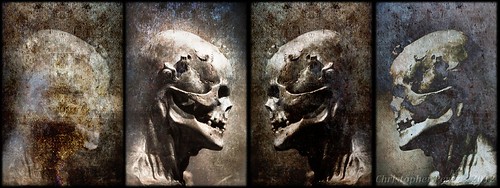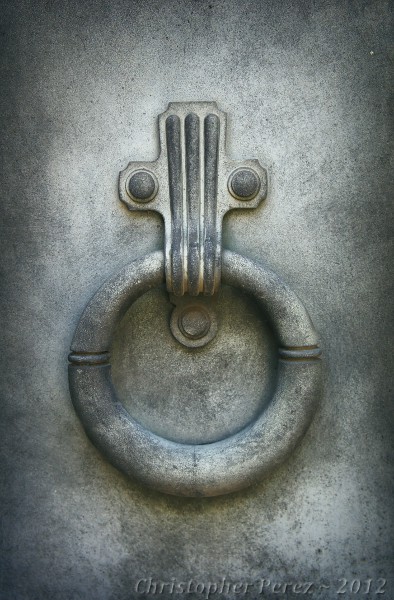Sony has taken to putting WiFi into their NEX5 and NEX6 mirrorless cameras. Check it out.
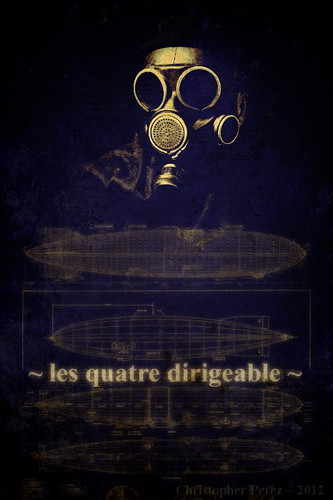
I had been thinking about Samsung's NX-series cameras and hoped the rumor that the Android OS would be put into the third round of cameras, which should be released some time next year, is true. Having the Android OS in a large sensored mirrorless camera would have a LOT of advantages. A person could process their images and upload the results directly to the 'net without the need of a computer.
Sony's approach is currently something in between the old proprietary software language ASIC driven function selections and capabilities, and Samsung's current point and shoot Android-on-camera offering. Apparently, with Sony's latest cameras, you can transfer images to your mobile phone and apply the image manipulations there before uploading the results to the 'net from the phone.
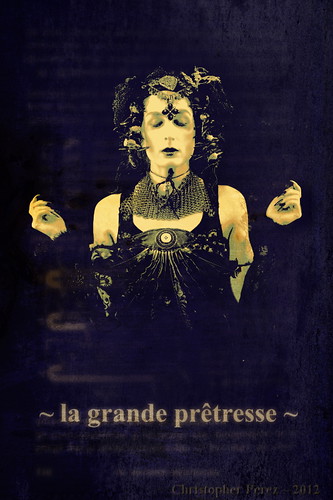
I'm pretty old fashioned. I don't carry a full-function mobile. In fact, our phone sits unused on the shelf in our living room. No. It's not an invitation to steal it. You wouldn't want it. Rather, it's my way of saying that I'm not sure how I could use Sony's WiFi capabilities while leveraging my current electronic infrastructure.
In similar time, I've been thinking about how to share my portfolios of images without printing copies and carrying an old fashioned book. I have a lot of new work which I would love to share, and printing everything takes time and space. A book has it's advantages, not the least of which is the images are archival and won't disappear unless physically destroyed. There is a certain look and feel to an image printed to 300+gsm 100 percent cotton rag. I think images are gorgeous when presented that way.
Google has a new device that looks pretty darned interesting. It's called the NEXUS 10.
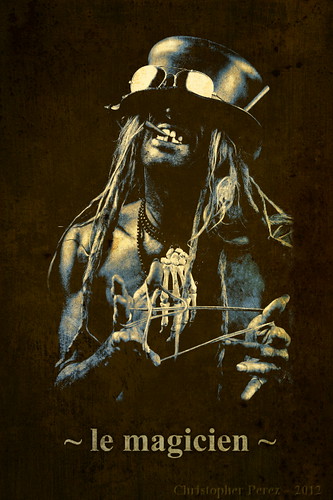
I can see how a tablet device could provide a flexible image presentation platform. Tablets can run the image manipulation software that many iPhone and Android mobiles do, with the benefit of having a larger display. Which could be good for these older aging eyes a benefit to be able to see what I'm doing before dumping something to the 'net.
I need to think about this some more and make sure the software applications are powerful enough to meet my needs, but it seems that the combination of Sony NEX/Nexus tablet could be rather interesting. And if Canon's next "pro-sumer" grade full frame 40+ mpixel DSLR had the ability to connect to a WiFi network, I'd be "covered" from field to studio to 'net fairly seamlessly.

Multiverse Tarot Carte ~ The Four of Airships
I had been thinking about Samsung's NX-series cameras and hoped the rumor that the Android OS would be put into the third round of cameras, which should be released some time next year, is true. Having the Android OS in a large sensored mirrorless camera would have a LOT of advantages. A person could process their images and upload the results directly to the 'net without the need of a computer.
Sony's approach is currently something in between the old proprietary software language ASIC driven function selections and capabilities, and Samsung's current point and shoot Android-on-camera offering. Apparently, with Sony's latest cameras, you can transfer images to your mobile phone and apply the image manipulations there before uploading the results to the 'net from the phone.

Multiverse Tarot Carte ~ The High Priestess
I'm pretty old fashioned. I don't carry a full-function mobile. In fact, our phone sits unused on the shelf in our living room. No. It's not an invitation to steal it. You wouldn't want it. Rather, it's my way of saying that I'm not sure how I could use Sony's WiFi capabilities while leveraging my current electronic infrastructure.
In similar time, I've been thinking about how to share my portfolios of images without printing copies and carrying an old fashioned book. I have a lot of new work which I would love to share, and printing everything takes time and space. A book has it's advantages, not the least of which is the images are archival and won't disappear unless physically destroyed. There is a certain look and feel to an image printed to 300+gsm 100 percent cotton rag. I think images are gorgeous when presented that way.
Google has a new device that looks pretty darned interesting. It's called the NEXUS 10.

Multiverse Tarot Carte ~ The Magician
I can see how a tablet device could provide a flexible image presentation platform. Tablets can run the image manipulation software that many iPhone and Android mobiles do, with the benefit of having a larger display. Which could be good for these older aging eyes a benefit to be able to see what I'm doing before dumping something to the 'net.
I need to think about this some more and make sure the software applications are powerful enough to meet my needs, but it seems that the combination of Sony NEX/Nexus tablet could be rather interesting. And if Canon's next "pro-sumer" grade full frame 40+ mpixel DSLR had the ability to connect to a WiFi network, I'd be "covered" from field to studio to 'net fairly seamlessly.
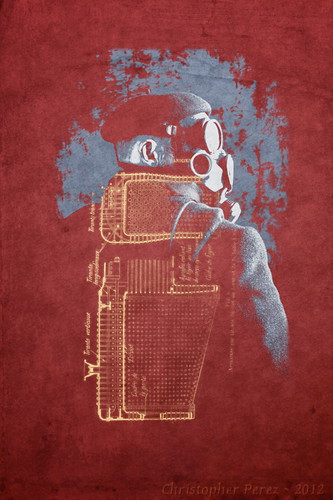
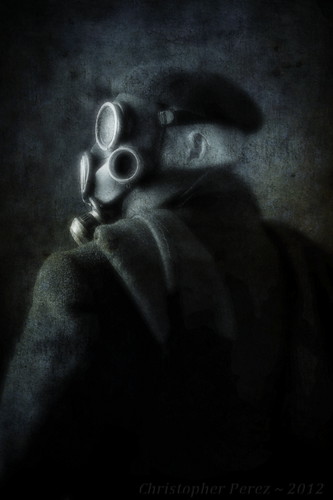
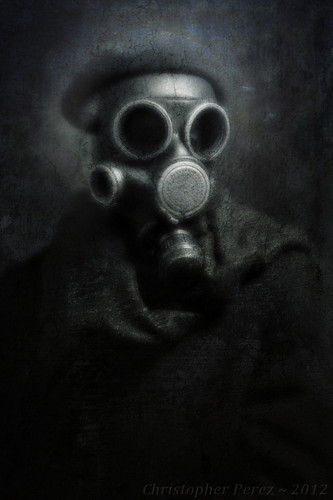
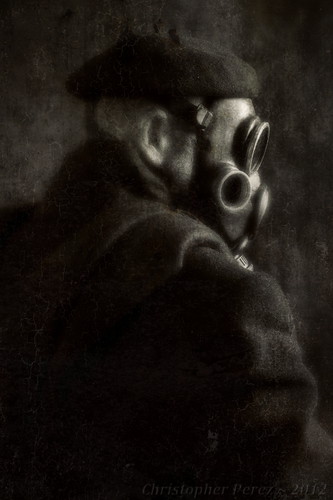
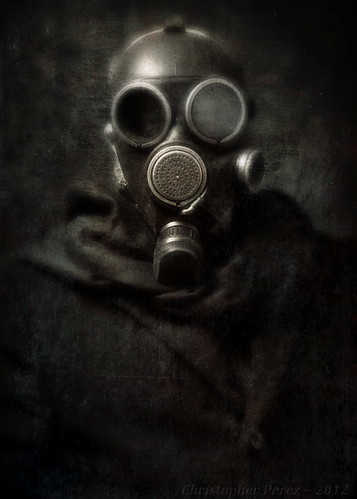
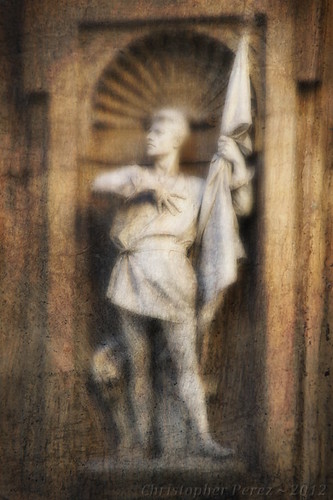
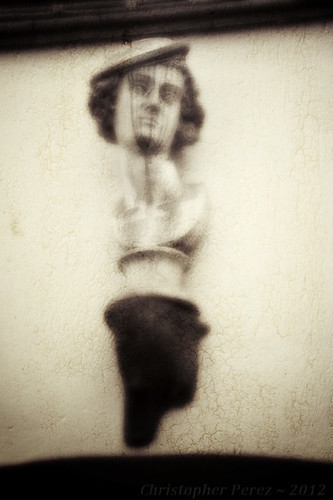
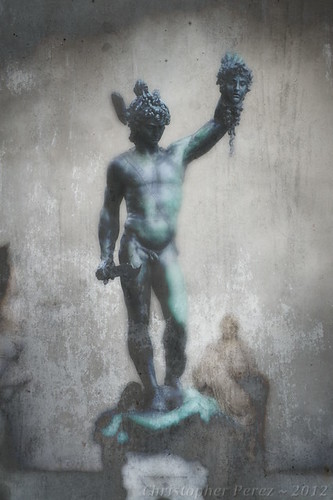
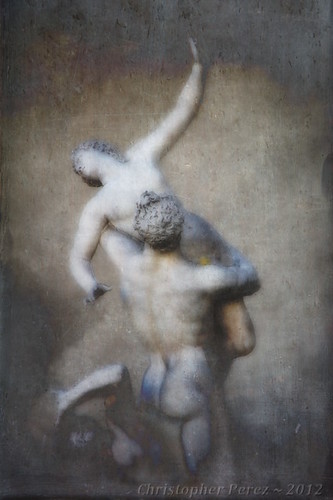
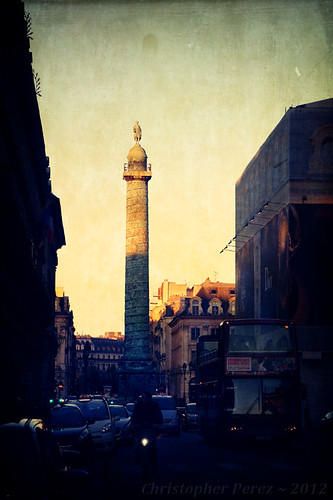

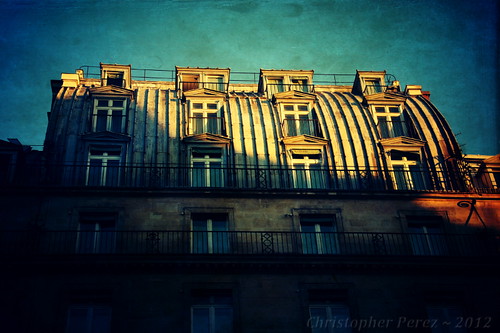


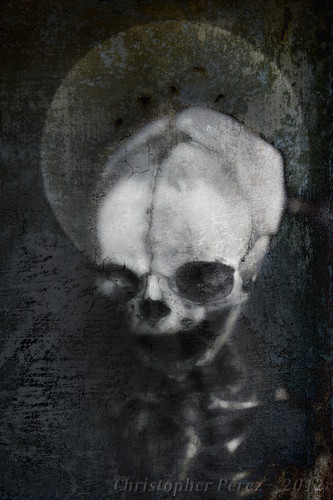
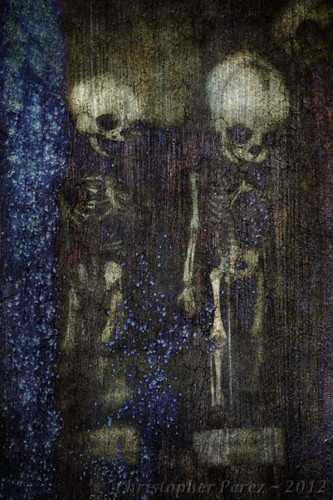
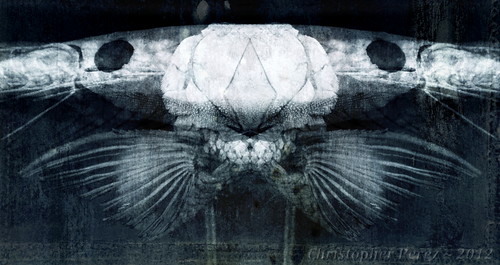
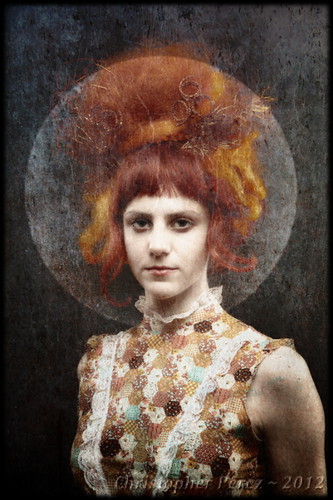
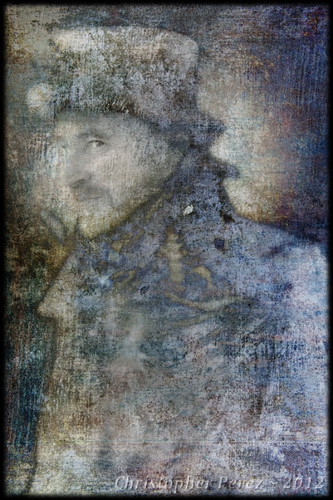

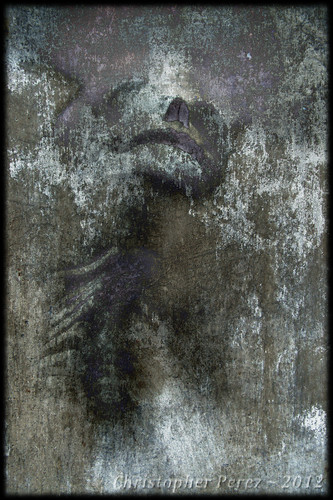
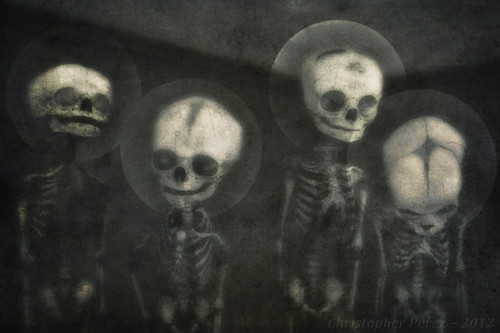










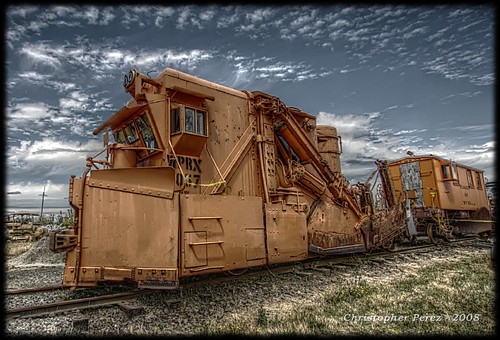
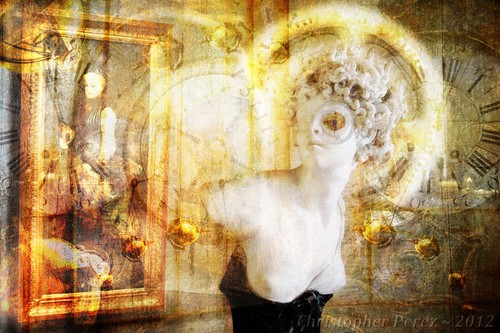

![Study in Anthropomorphism [2]](http://farm9.staticflickr.com/8158/7160103261_3dd919f015.jpg)
